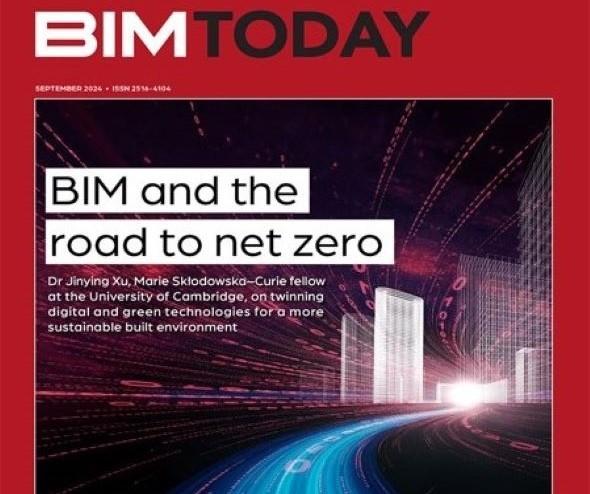
Submitted by Dr Fiorella Del... on Tue, 03/09/2024 - 14:35
In her recent contribution to BIM Today, Dr Jinying Xu, a Marie Curie Fellow and member of the Early Career Academics and Professionals Panel (ECAPP) at the Cambridge Centre for Smart Infrastructure and Construction, explores how Building Information Modelling (BIM) can help mitigate carbon emissions on the road to net zero.
As the global construction industry faces increasing pressure to reduce its significant carbon footprint, BIM stands out as a key tool. By providing a comprehensive digital representation of buildings and infrastructure, BIM acts as a central hub for carbon management. It enables the integration of carbon data related to materials, construction processes, and operational energy use, allowing for real-time assessment and optimisation of carbon emissions throughout a project’s lifecycle.
Dr Xu highlights the progress made with tools like the “One-Click LCA,” which calculates life-cycle carbon footprints, but she also points out ongoing challenges. These include the need for more comprehensive carbon data, especially from later construction stages and operational phases, as well as the necessity of developing standardised carbon data collection methodologies and improving interoperability between different systems.
In her BIM Today article, Dr Xu calls for a collaborative effort among stakeholders to fully integrate carbon management into BIM processes. By doing so, the construction sector can effectively harness digital technologies to lead the charge in creating a more sustainable built environment.
Read the entire article here
